Latest
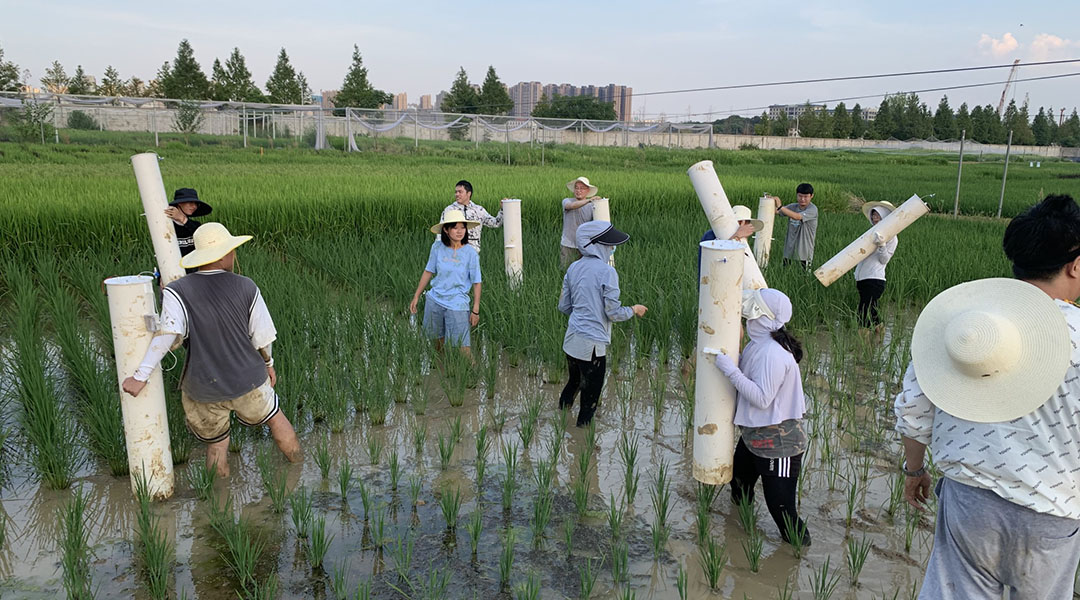
High yield, eco-friendly rice reduces methane emissions by 70%
A new rice variety that combines high yield with low methane emissions could help farmers tackle climate change.

Mouse study reveals multi-generational benefits of exercising during pregnancy
Maternal exercise during pregnancy enables multiple generations of mice to inherit enhanced fitness, with vitamin C playing a key role.
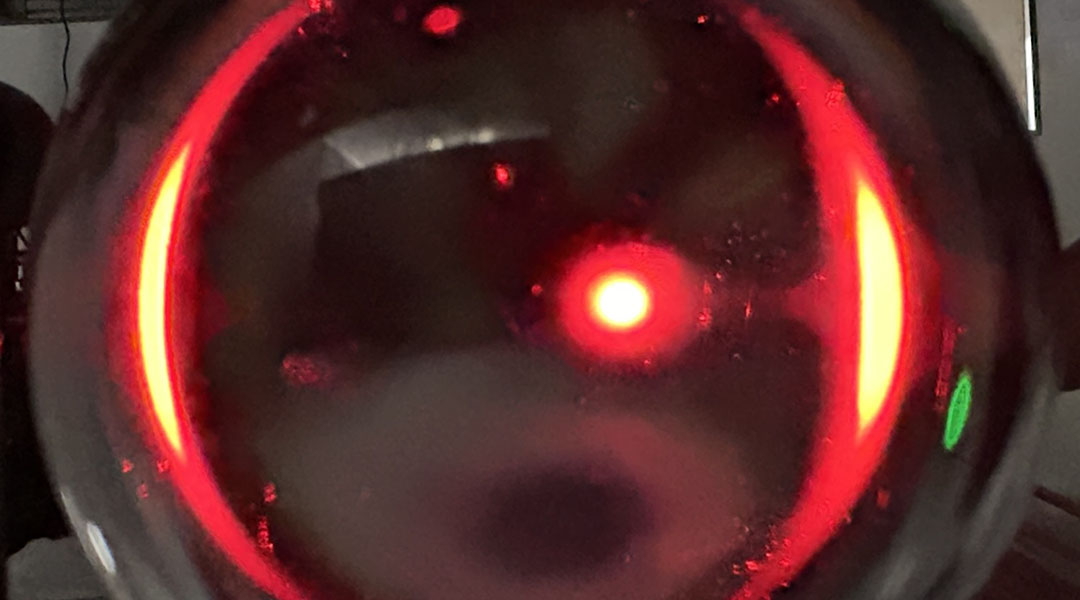
Researchers replicate gravitational lensing in the lab
Lenses help researchers mimic the way massive cosmic objects bend light—bringing the elusive effects of gravitational lensing to Earth.
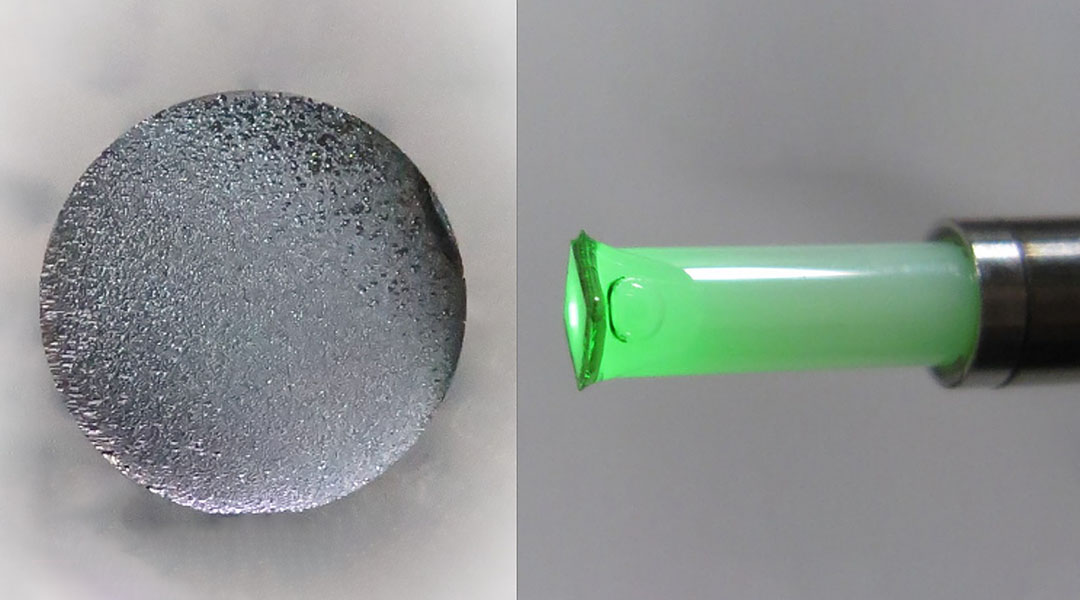
Low-cost quantum sensors could enhance EV battery monitoring
These low-cost quantum sensors detect tiny magnetic field changes and could help identify early battery issues in electric vehicles.

Cold shock from ice baths leads to stronger cells
New study reveals how repeated cold-water exposure enhances the cellular defenses, promoting adaptation to extreme temperatures.
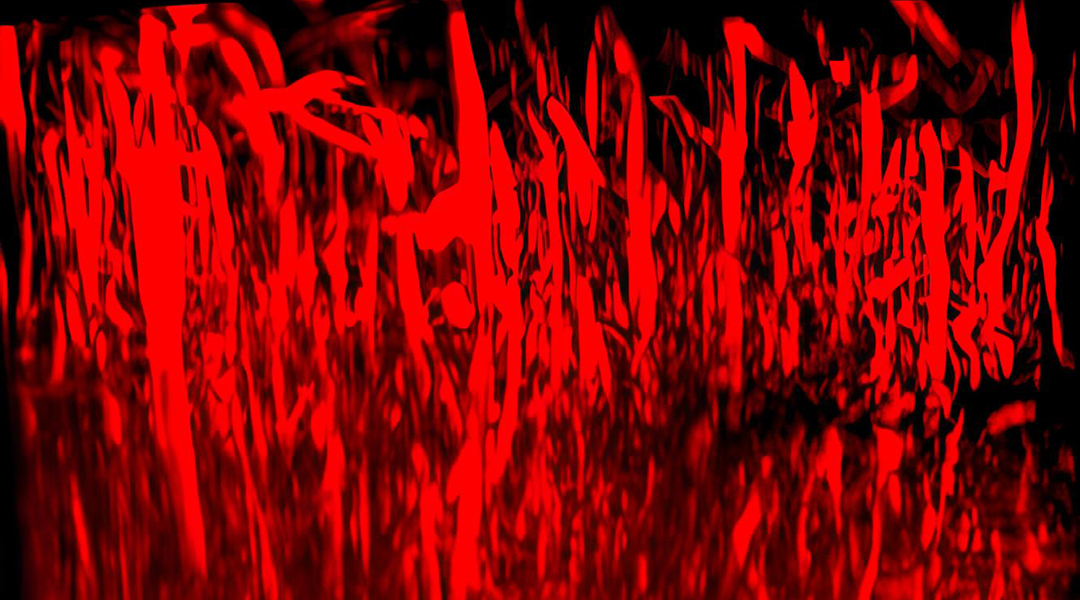
Injectable hydrogel helps regrow blood vessels after a stroke
A hydrogel delivers therapeutic molecules to the brain after a stroke, promoting blood vessel regrowth and aiding recovery.

Metasurfaces could shrink spectrometers, transforming how we observe the Universe
Metasurfaces to detect terahertz radiation are making spectrometers smaller, lighter, and more efficient for space travel.
ASN Weekly
Sign up for our weekly newsletter and receive the latest science news directly to your inbox.
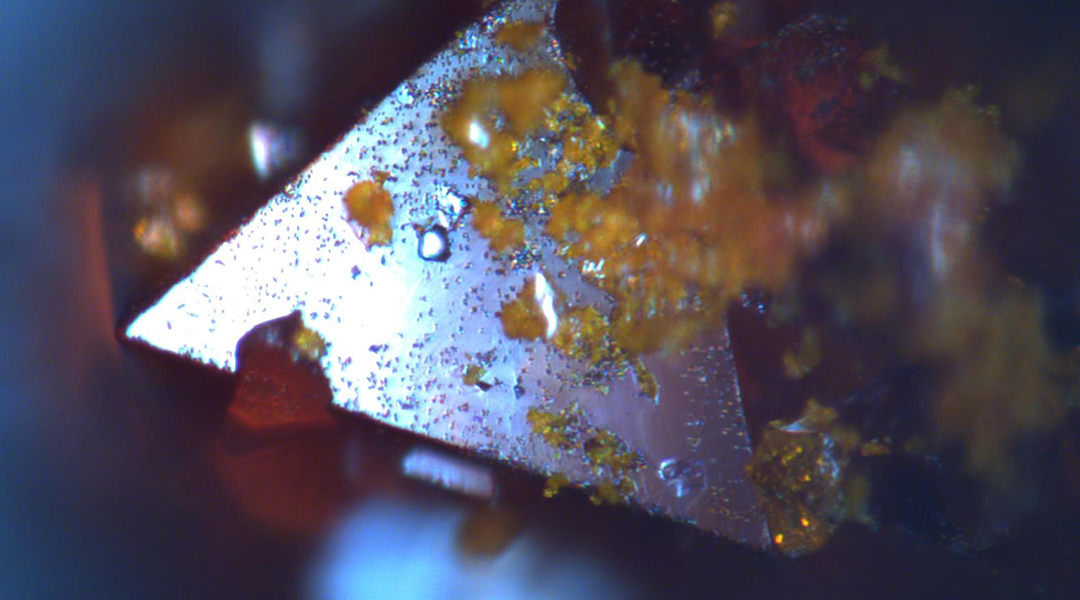
Could a lead-free solar cell be in our future?
Study uncovers stability hurdles in a promising lead-free solar cell material, signaling potential for a cleaner energy future.

Will the world’s transportation grids hold up to climate change?
Much of the world’s road and rail infrastructure is decades old, and future climate change will make it difficult to run and maintain.
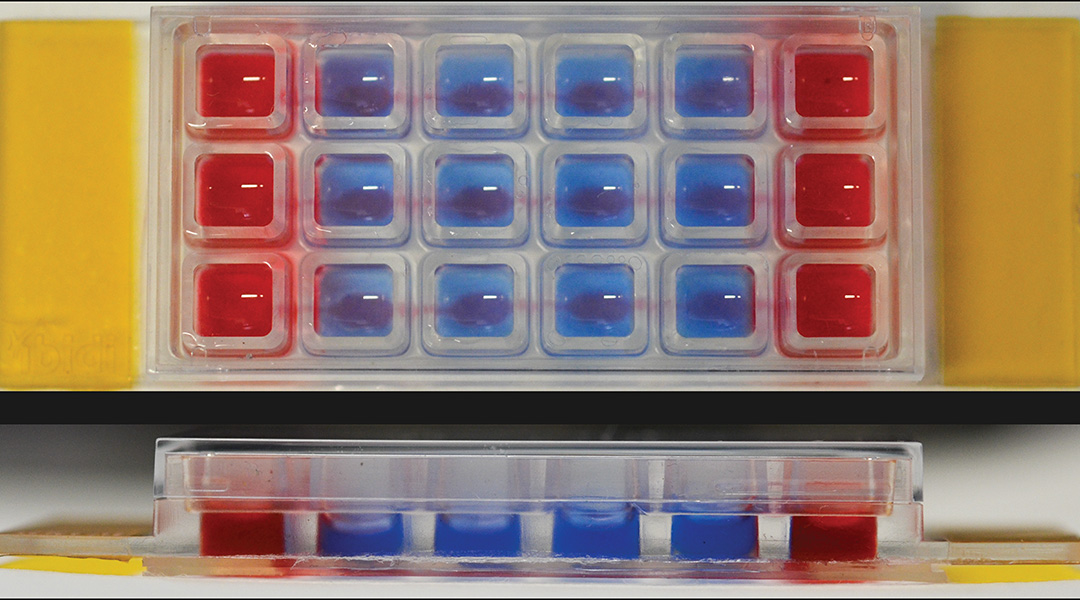
Gut-on-a-chip helps get to the bottom of inflammatory bowel disease
A microfluidic chip could help researchers uncover the unknown underlying mechanisms that cause inflammatory bowel disease.

A lung-mimicking sealant helps repair surgical leaks
A superior surgical sealant mimics the structural and mechanical properties of lung tissue to repair air leaks after surgery.
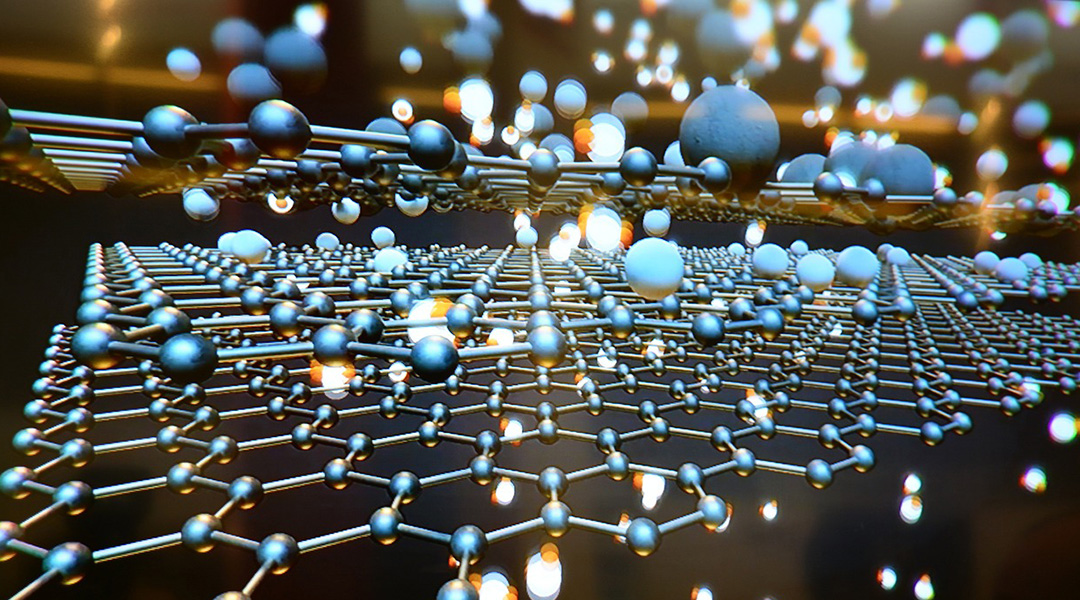
Graphene gets a magnetic boost
A new hybrid graphene incorporates new elements to help make the material magnetic for applications in electronics and computer science.
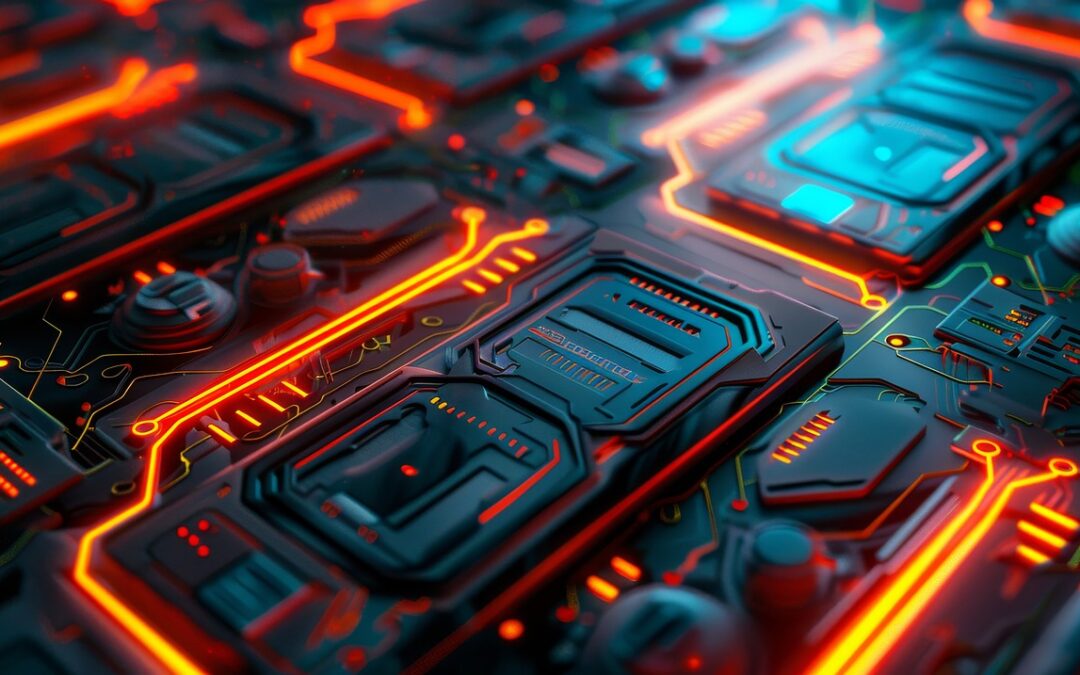
What would it take to make quantum memristors a reality?
Machine learning unveils the ideal structure of a quantum memristor, which could one day surpass current computing systems.

A bacteria-killing virus may be the solution to antibacterial surfaces
Harnessing bacteriophages’ natural prowess, scientists crafted an antibacterial material for use in medicine and the food industry.
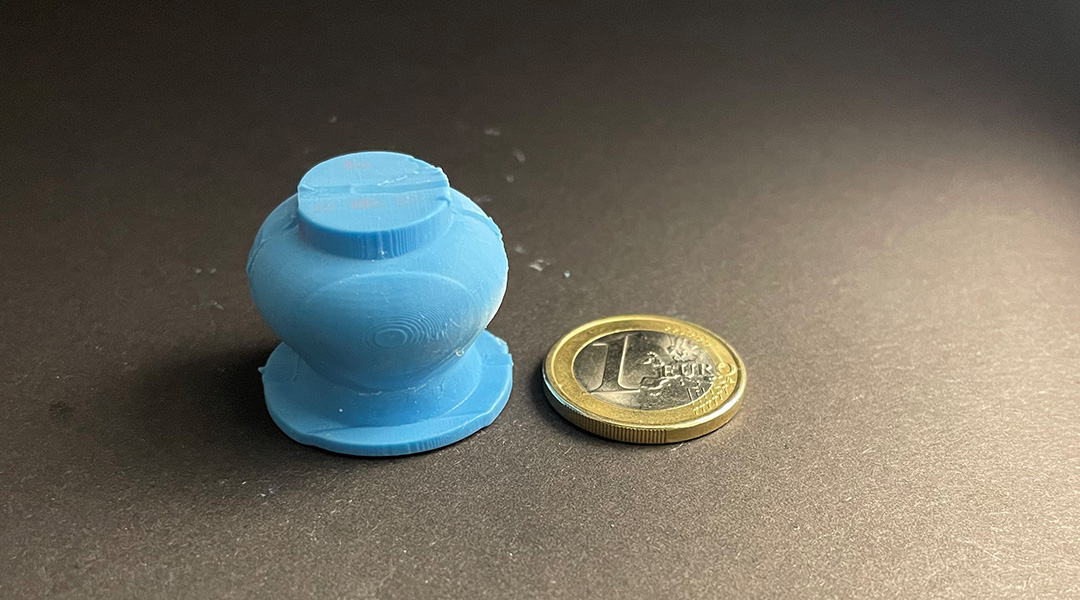
A blood sampling device inspired by leeches
Collecting blood in a painless and minimally-invasive way may soon be possible with this prototype suction cup device.

Magnetic fields from the beginning of time may resolve the Hubble tension
By adding primordial magnetic fields to the Standard Model, researchers may solve the mystery of the Universe’s expansion.
No Results Found
The page you requested could not be found. Try refining your search, or use the navigation above to locate the post.
No Results Found
The page you requested could not be found. Try refining your search, or use the navigation above to locate the post.
No Results Found
The page you requested could not be found. Try refining your search, or use the navigation above to locate the post.
No Results Found
The page you requested could not be found. Try refining your search, or use the navigation above to locate the post.
No Results Found
The page you requested could not be found. Try refining your search, or use the navigation above to locate the post.
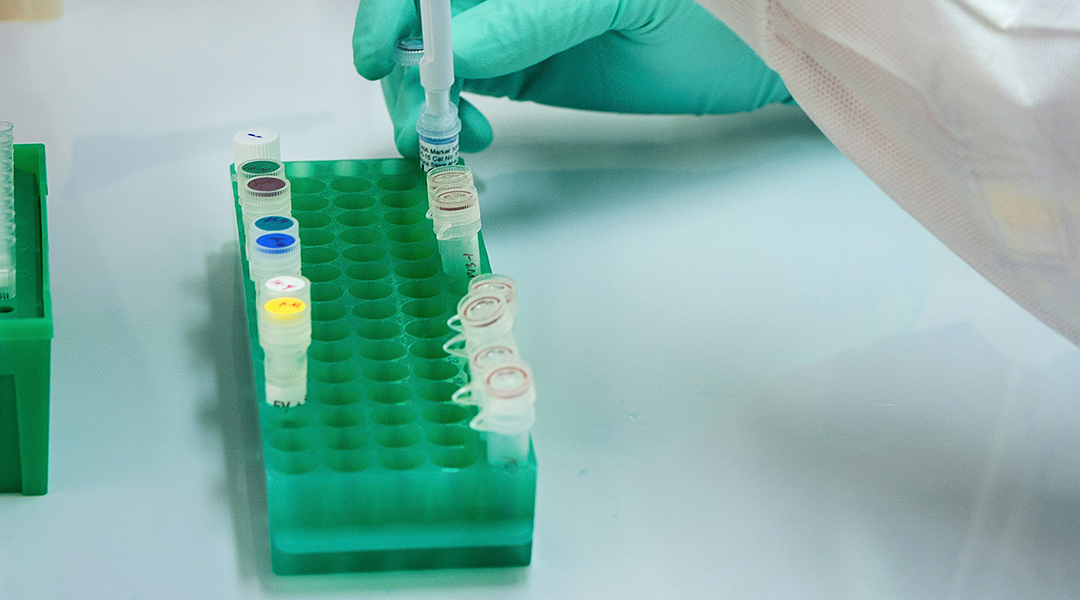
Decorated nanospheres boost chemotherapy and cut side effects
Scientists are using decorated nanoparticles to precisely target tumors with chemotherapy, effectively reducing side effects.
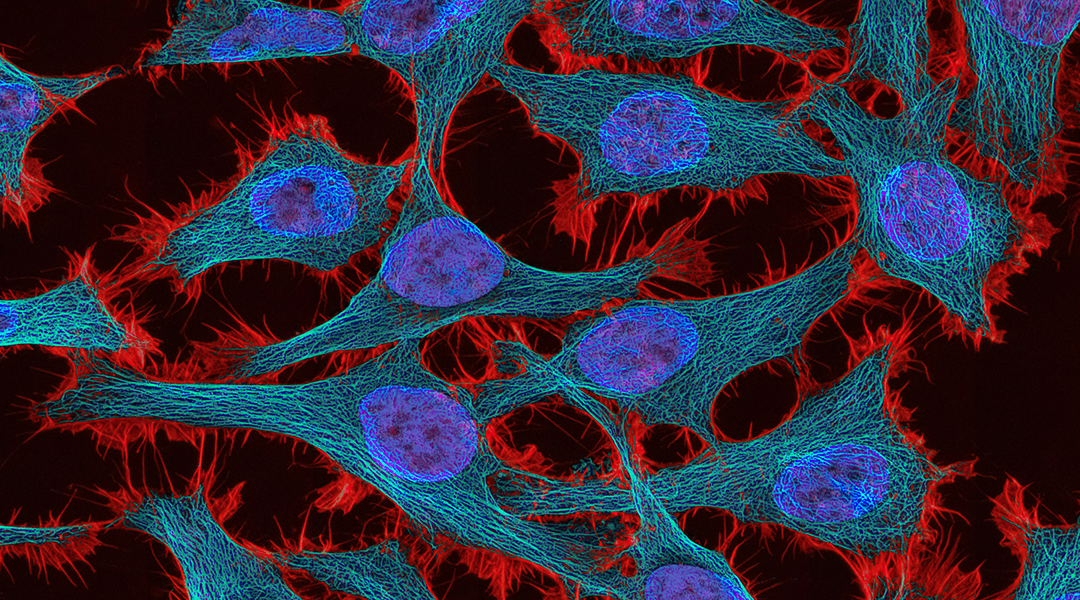
Blocking key protein halts spread of cervical cancer tumors
New findings shed light on how cervical cancer spreads to the lymph nodes, opening the door for treatments that could stop the process.
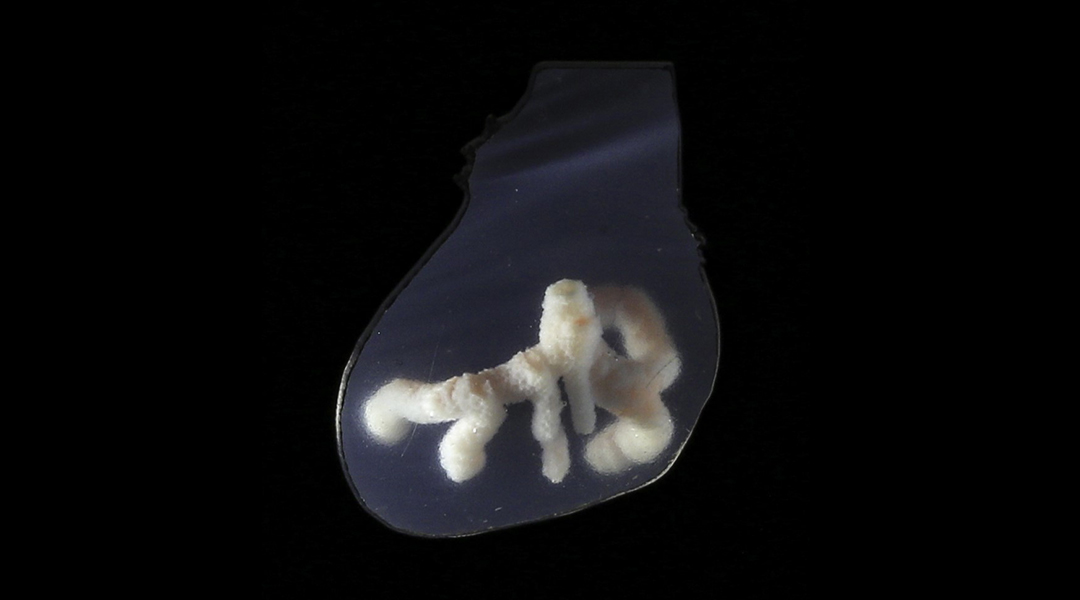
3D printing creates human-like blood vessels in heart tissue
This 3D printing method could make lab-manufactured organ transplants not just a possibility but a viable reality.
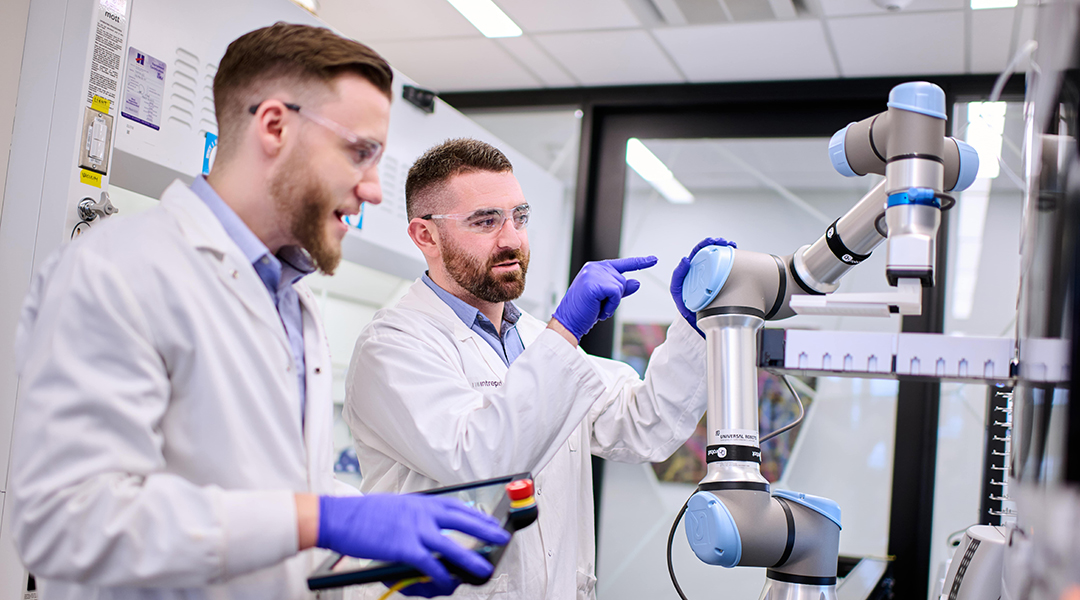
AI and robotics join forces to revamp how medications are made
Scientists are speeding up drug formulation to breath new life into old medications and reduce risk of clinical trial failure.

Flaws in a crystal lattice make stable qubits for quantum computers
This is just the beginning, say scientists working on the new technology.
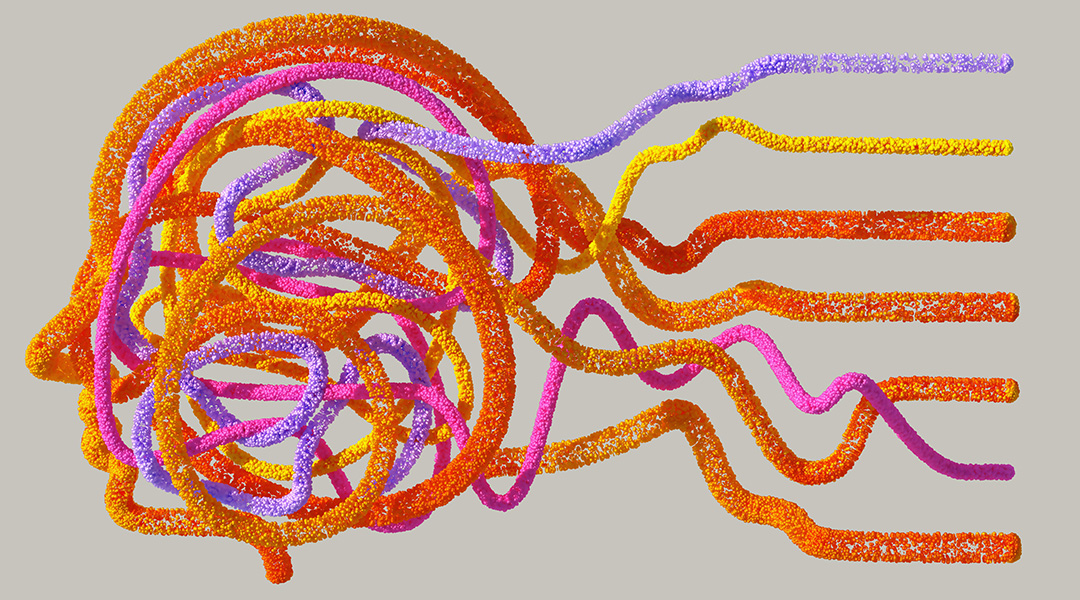
New AI tech predicts rare epileptic seizures
Preventing sudden and unexpected death hinges on accurately predicting the onset of epileptic seizures, even those with the rarest occurrences.

AI trained on brain scans could better predict mental health issues in adolescents
A neural network was able to evaluate connections between brain structure and clinical data to predict psychiatric disorders in youth.
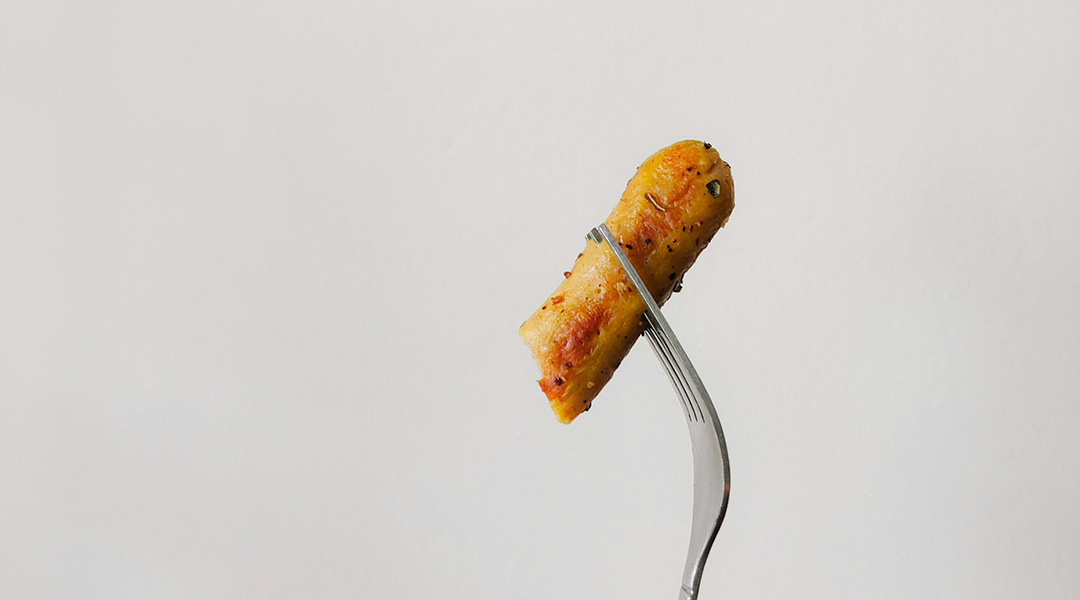
Using machine learning, robotic feeding system empowers users with mobility issues
This robotic feeding system trained with machine learning will transform lives, giving independence to those with severe mobility issues.
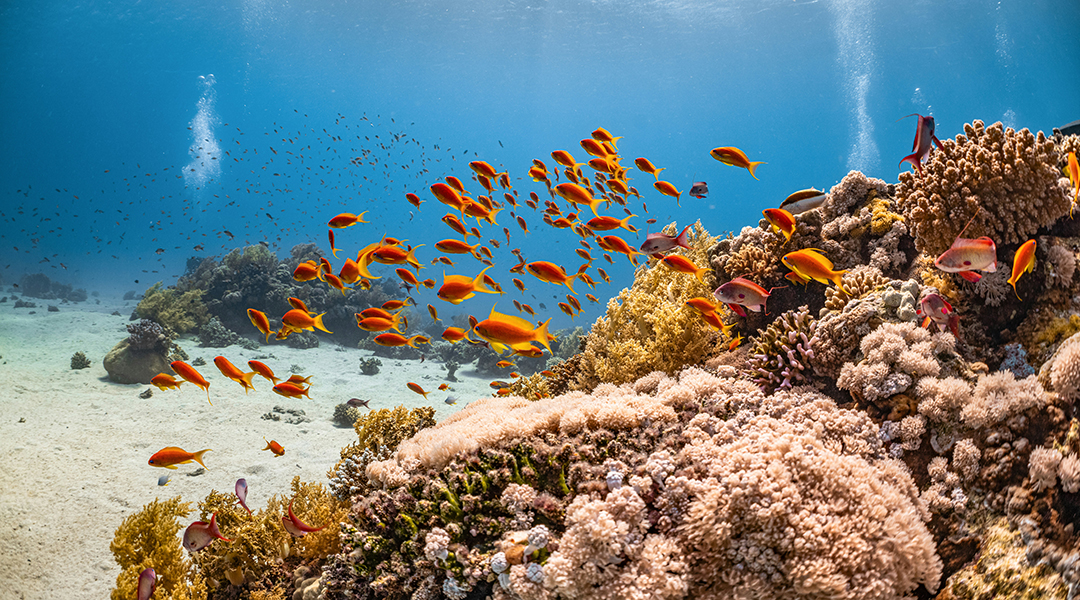
Network of coral reefs in Seychelles offer conservation hope
Mapping genetic connections between coral reefs allows scientists to identify and prioritize those acting as regional larval sources.
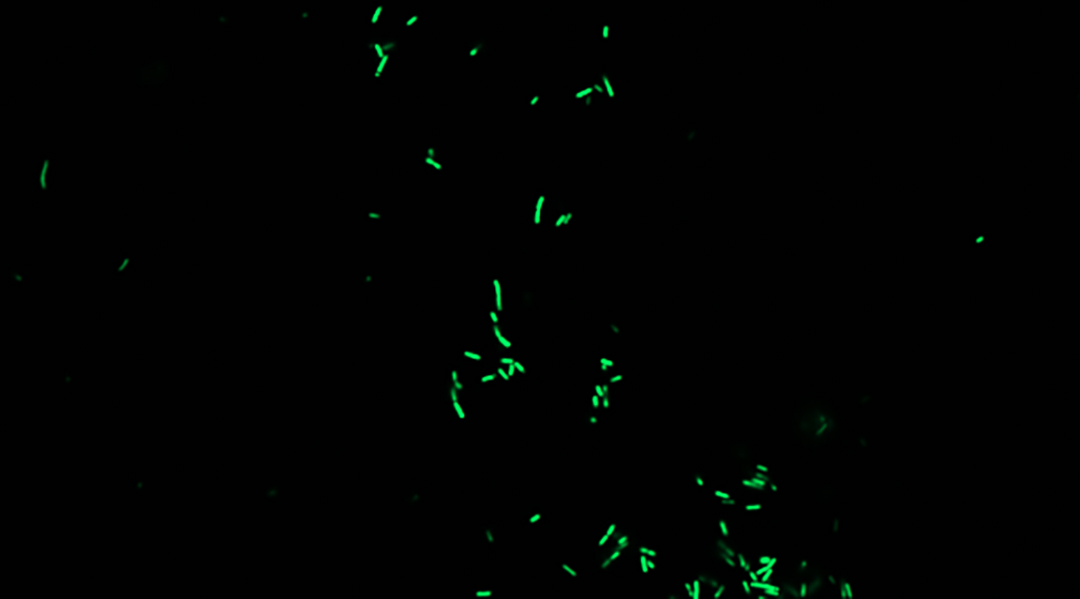
A living biosensor helps track honeybee health
First living biosensor developed to study honeybee gut microbiome, providing insights into health and conservation.

Could a lead-free solar cell be in our future?
Study uncovers stability hurdles in a promising lead-free solar cell material, signaling potential for a cleaner energy future.

Will the world’s transportation grids hold up to climate change?
Much of the world’s road and rail infrastructure is decades old, and future climate change will make it difficult to run and maintain.

Gliese 12 b: An exo-Venus with Earth-like temperatures
Orbiting a cool, red dwarf star, Gliese 12 b offers insight into atmosphere retention near stars, sparking new questions about habitability.

Black hole morsels could make Hawking radiation detectable with current telescopes
During the tumultuous mergers of black holes, smaller black holes called morsels could produce detectable Hawking radiation.

Magnetic fields from the beginning of time may resolve the Hubble tension
By adding primordial magnetic fields to the Standard Model, researchers may solve the mystery of the Universe’s expansion.

Saving a dark matter theory from a quantum tunneling flaw
Tiny interactions between dark matter particles may resolve discrepancies between theory and astronomical observations caused by quantum tunneling.



